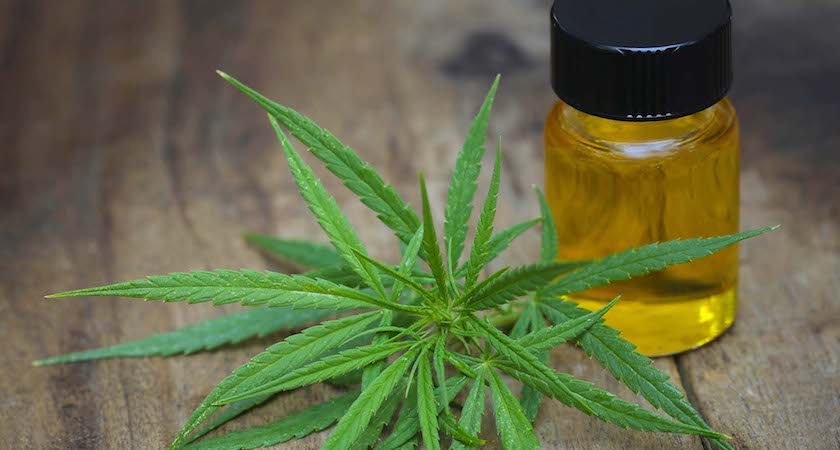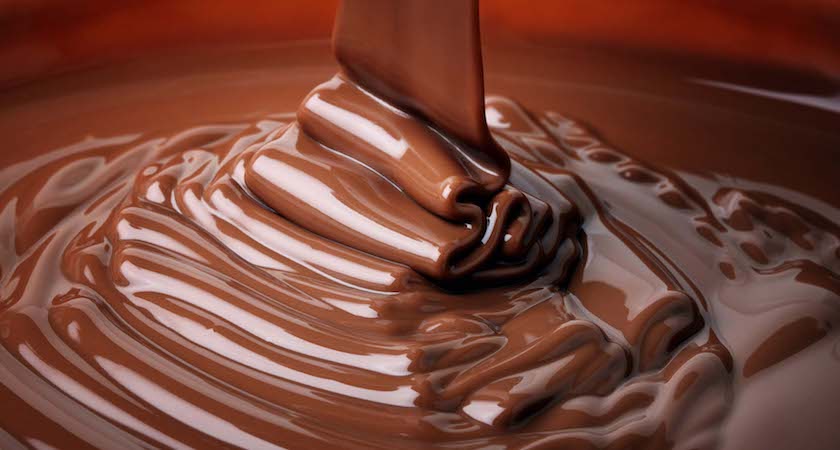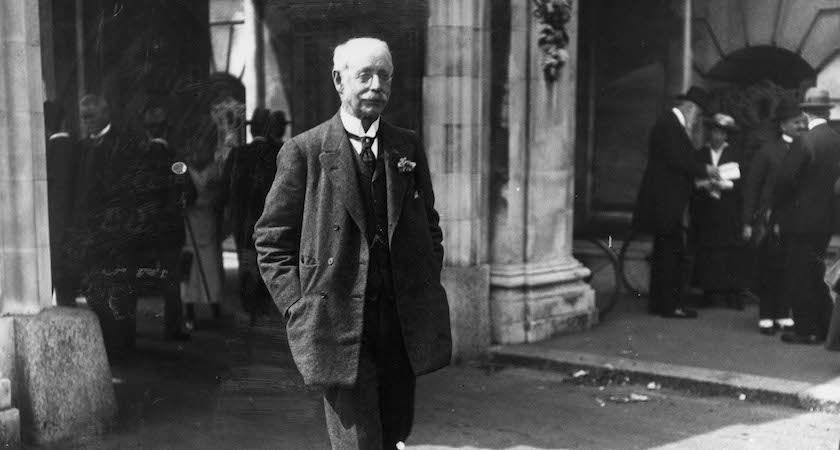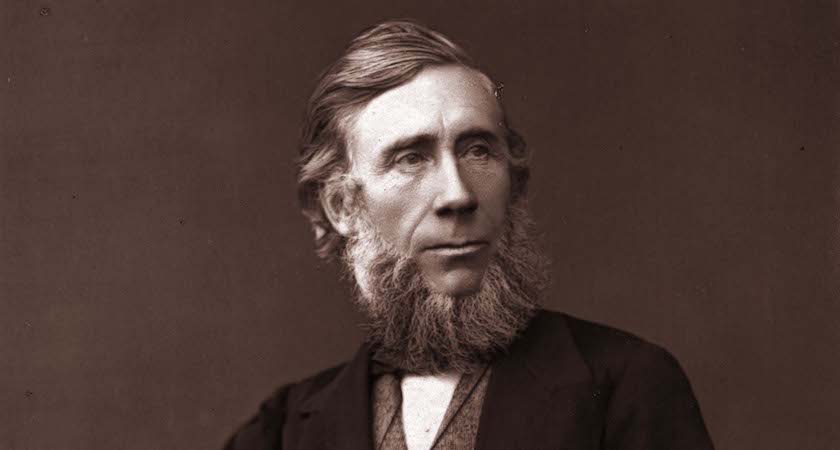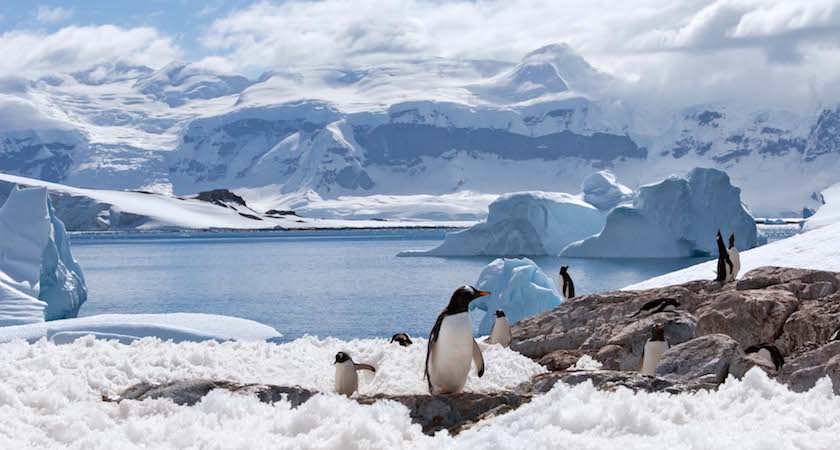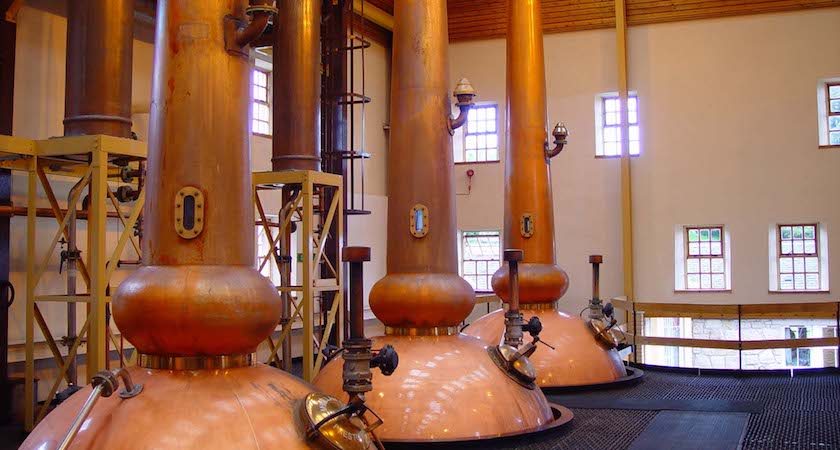Dr. James Barry (Margaret Ann Baukley) - Performed world's first successful caeseran operation in which mother and child survived
c. 1789-1865
Bron in Cork, Dr James Barry joined the British Army and became a noted surgeon performing the first successful Caesarean operation in Africa where the mother and child survived.
Dr Barry also became Inspector General of Military Hospitals and was widely-known for improving the conditions of wounded soldiers and indigenious people.
Dr Barry was the first fully qualified female British doctor but it was only on her death that her true identity as a women, Margaret Ann Baulkley, came to light.
Dr William Brooke-O’Shaughnessy - Discovered the cure for Cholera, introduced cannabis to western medicine, created the longest telegraph in the world
1809 -1889
Born in Limerick in 1809, O’Shaughnessy’s intellect was recognised early and he was sent to study medicine at the University of Edinburgh in 1827.
Part of his training involved the dissection of cadavers supplied by two other notorious Irishmen, Burke & Hare.
Graduating in 1829 he moved to London shortly after and began working on an analysis of the blood of cholera sufferers.
His studies led him to conclude that by replacing the lost salt and water intravenously cholera could be cured, a conclusion which would be proven correct by a Dr. Thomas Latta.
In 1833 he moved to Kolkata in India where he became an Assistant Surgeon with the British East India Company.
He helped to found the Calcutta Medical College where he became Professor of Chemistry & Materia Medica.
While in India he also discovered a new way of creating gunpowder from charcoal by extracting acids from it, which was adapted by the British Army.
Additionally he published several medical handbooks on chemistry and medicinal plants. He was also the first scientist to introduce cannabis to Western medicine when, in 1841 he returned to Great Britain, bringing several samples of Cannabis sativa with him for the Pharmaceutical Society and for the Royal Botanical Gardens at Kew.
In 1843 he was made a Fellow of the Royal Society before returning to India in 1844 wherehe designed telegraphic instruments in Calcutta, creating what was, at the time the longest telegraph table in the world, (27 miles) and campaigned for electrical telegraph across India.
He also invented a new type of telegraphic cable, better suited to tropical climates, for which he was knighted by Queen Victoria in 1856.
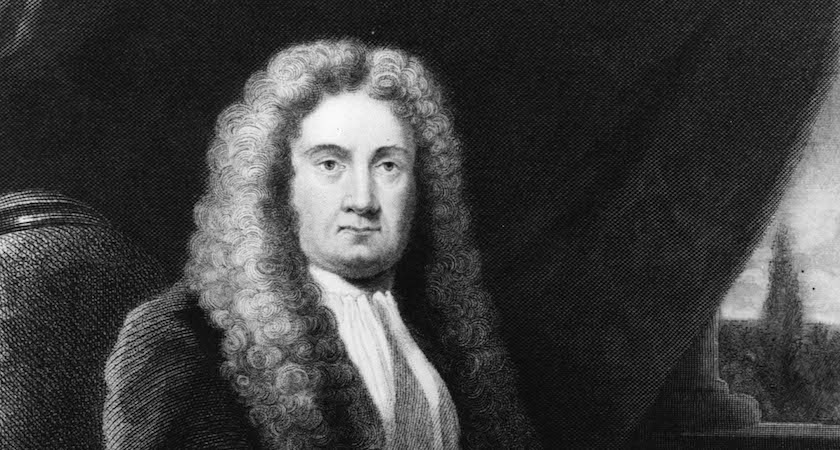 Sir Hans Sloane (1660 - 1753) the British physician, naturalist and botanist, circa 1700. (Photo by Hulton Archive/Getty Images)
Sir Hans Sloane (1660 - 1753) the British physician, naturalist and botanist, circa 1700. (Photo by Hulton Archive/Getty Images)Sir Hans Sloane - Invented the recipe for chocolate/founded British Museum/physician to three British monarchs
1660-1753
Sir Hans Sloane was an Irish-born physician to the British Navy in the Caribbean.
He became the most prominent physician in London, and served as royal physician to three English sovereigns.
President of the Royal College of Physicians, he succeeded Sir Isaac Newton as president of the Royal Society; and was founding governor of London's Foundling Hospital.
An inveterate collector and exceedingly wealthy, he left his entire collection to the British nation – thus founding the British Museum.
While in Jamaica, Hans Sloane was introduced to cocoa as a drink favoured by the local people.
He found it ‘nauseous’ but by mixing it with milk made it more palatable.
He brought this chocolate recipe back to England where it was manufactured and at first sold by apothecaries as a medicine.
Eventually, in the nineteenth century, it was taken up by Messrs Cadbury who manufactured chocolate using Sloane’s recipe.
Sir Charles Parsons - Invented the steam turbine/made cheap electricity possible
1854-1931
The son of the peer of Offaly, the Earl of Rosse, who was a famous astromomer and builder of the 'Leviathon', which was at that time, the largest telescope in the world, still found in Birr Castle.
Charles invented the steam turbine. Highly efficient and could be harnessed directly to generate electricity.
Widespread and cheap electricity became possible and ushered in the modern electric world. His also designed a turbine powered yacht, the Turbina which was exhibited at Queen Victoria's Diamond Jubilee and was at the time the fastest ship in the Royal Navy.
Parson's turbine engines would also be used to power the famous HMS Dreadnought, the first modern battleship.
An engineering company he established in Newcastle still exists today and is now a subsidary of Siemens, the German conglomorate.
Parsons was made a Fellow of the Royal Society and knighted for his contributions to science.
John Tyndall - Discovered why the sky was blue and global warming
1820 -1893
John Tyndall from Co. Carlow is a major figure in 19th century science.
He provides the first experimental proof for Pasteur’s germ theory of disease, the first scientific explanation for why the sky is blue, and crucially, is the first to realise the greenhouse warming effect of certain gases.
He succeeded Michael Faraday as director of London’s prestigious Royal Institution.
Several modern climate change institutes are named in his honour.
Edward Bransfield - the first European to see Antartica
1781-1852
Born in Ballinacurra in Co. Cork, Edward Bransfield was the first European to see Antarctica.
Press-ganged into the British navy for the Napoleonic wars, Bransfield later took part in voyages to the South Atlantic where he mapped and named the South Shetland Islands.
In January 1820, saw the Antarctic mainland across what is now the Bransfield Strait.
Additionally a Bransfield Island, Bransfield Trough, Bransfield Rocks and Mount Bransfield, all located in Antartica, and a ship the RSS Bransfield have also been named in his honour.
Aeneas Coffey - Invented the first heat exchange advice, the Coffey still, creating a new type of whiskey
1780 - 1852
In 1830, Aeneas Coffey, whose parents were from Dublin, invented the continuous still - highly efficient, it was the first heat exchange device.
But the alcohol it produced was so pure it had little character, and Irish distillers spurned it.
Scottish distilleries however thought it was great...and after mixing in other whiskies for flavour they used Coffey’s still to conquer the world market.
Courtesy of Dublin's digital museum EPIC The Irish Emigration Museum

